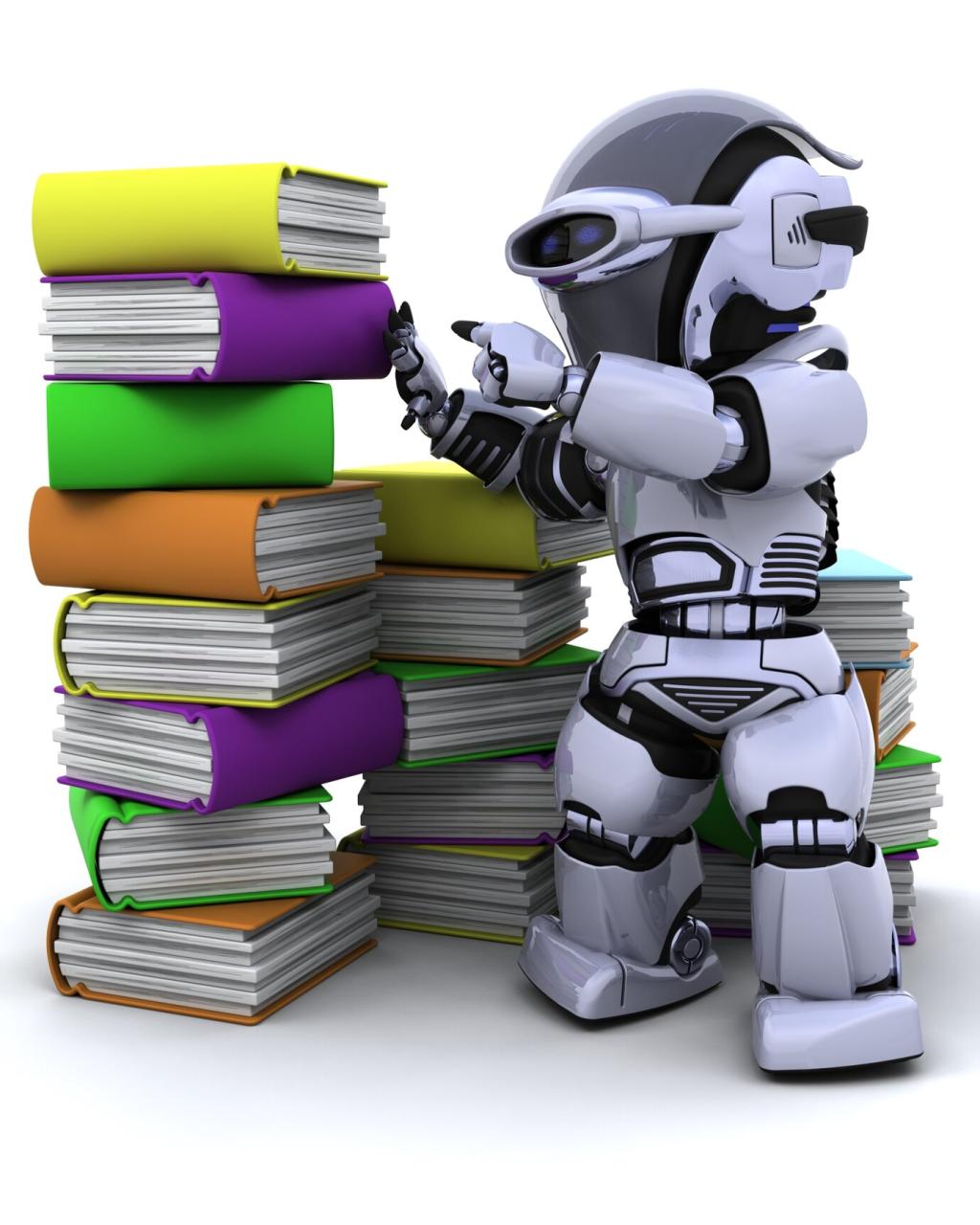
Integrating AI Tools into Classroom Environments
Integrating AI tools into classroom environments is rapidly transforming the educational landscape. As educators look for innovative ways to support student learning and streamline teaching tasks, artificial intelligence offers diverse solutions. From personalized instruction and automated grading to intelligent tutoring and data-driven insights, AI can empower both teachers and students. Successfully weaving these technologies into daily classroom experiences requires thoughtful planning, understanding of pedagogical goals, and a focus on fostering meaningful human-AI collaboration. This page explores how AI tools are being integrated into classrooms, the benefits and challenges involved, and best practices for implementation.
Understanding AI’s Educational Potential
Artificial intelligence holds vast potential in optimizing educational outcomes. Its primary strength lies in delivering personalized experiences that adapt dynamically to each student’s learning pace, style, and needs. AI-driven platforms can analyze a student’s progress in real time, offering recommendations and interventions precisely when needed. This level of tailored support was previously impossible at scale. Teachers benefit as routine tasks like grading and data entry are automated, freeing precious time for creative lesson planning and deeper student engagement. Properly channeled, AI becomes a powerful ally in nurturing critical thinking skills, curiosity, and independent learning among students, fostering an environment where every learner can thrive.
Teacher Readiness and Professional Development
A key aspect of successful AI integration in the classroom hinges on teacher readiness. Educators must feel confident in understanding how AI tools work and how to leverage them to complement their instruction. Ongoing professional development is crucial, focusing not only on technical competence but also on pedagogical strategies that maximize AI’s effectiveness. Workshops, peer mentoring, and access to expert resources help teachers overcome anxiety or resistance to adopting unfamiliar technologies. By equipping educators with the knowledge and skills to critically evaluate AI solutions, schools create empowered professionals who can guide students through the evolving digital landscape while maintaining high standards for learning and ethics.

Adaptive Learning Platforms in Action
Adaptive learning platforms powered by AI dynamically tailor the educational content and pace to match each student’s unique abilities and knowledge. As students interact with these systems, AI algorithms constantly evaluate their responses, identifying both strengths and areas needing improvement. This real-time feedback allows the platform to adjust lessons, present additional practice opportunities, or introduce new challenges as appropriate. The result is a personalized pathway through the curriculum that keeps students engaged and reduces frustration. Such systems also provide educators with in-depth analytics, enabling targeted interventions and a clearer understanding of class-wide learning trends, fostering more informed instructional decisions.

Supporting Diverse Learners
AI tools are proving especially valuable in meeting the needs of diverse learners, including students with disabilities, English language learners, and those requiring additional support. Speech-to-text, language translation, and predictive text applications can help break down communication barriers, removing obstacles to participation and success. AI-driven content can be presented in multiple formats—audio, visual, or interactive—giving learners choices based on their preferences and needs. Teachers benefit from AI-generated reports that highlight students who may need extra attention or alternative learning paths. Through these advancements, AI is making education more accessible, inclusive, and responsive to the broad spectrum of learners present in every classroom.

Real-Time Feedback and Automated Assessment
One of the most transformative aspects of AI in education is the ability to provide immediate, personalized feedback. Automated assessment tools allow teachers to quickly gauge student understanding and adapt their instruction accordingly. Rather than waiting days for test results, students receive instant insights into their performance, which motivates rapid cycles of improvement. Teachers can spend less time grading and more time focusing on direct interactions with students, supporting their learning journeys. Moreover, sophisticated AI assessments can identify specific misconceptions or learning gaps, enabling highly targeted remediation and enhancing overall mastery of academic skills.
Challenges and Solutions in Classroom AI Integration
A significant barrier to effective AI integration is unequal access to technology, often dubbed the digital divide. Not all students have the same level of access to reliable devices or high-speed internet, which can threaten the equitable use of AI tools. Schools and communities must prioritize infrastructure investments that ensure every child can participate fully in technology-enhanced learning. Creative solutions, such as lending programs for devices or community Wi-Fi hotspots, can help close the gap. Additionally, choosing AI tools that are adaptive to various platforms and work offline when necessary ensures continuity of learning, regardless of individual circumstances.

